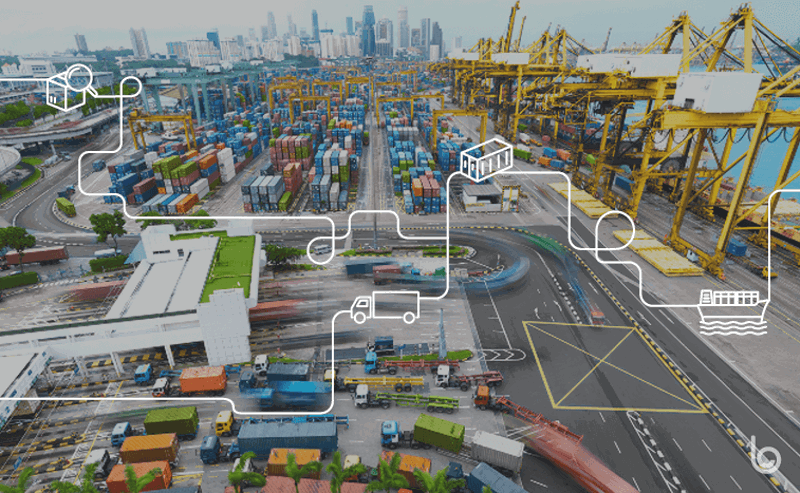It's no secret that solutions by supply chain technology providers are abound. Visibility is becoming an industry standard, and chances are that shippers that have embraced digitization have a handle on where their shipments are at points within the journey. But what do you do when something goes wrong during the shipment lifecycle?
That means real-time shipment tracking might not be enough. Shippers want to course correct when exceptions arise, no matter the mode, and adapt their shipping practices, midstream, to take advantage of faster routes, favorable rates, and more sustainable modes. This execution requirement, when combined with end-to-end supply chain visibility, significantly narrows the list of providers.
Let's dive into some of the common issues that shippers confront when dealing with a visibility-only solution:
Issue #1: “My goods are in route, but there has been a supply chain disruption!”
The effects of key global events throughout the last few years, such as the war in Ukraine, energy crisis, looming rail strike and the U.S. Suez Canal crisis are just a few of the many real-world examples of a major supply chain disruption that impacted the entire logistics world. If you were impacted by the blockage and using a visibility-only solution, you likely knew where your goods were, but were unable to get them moving again.
Shipment transparency and the ability to execute on that data is not simply an exercise in the latest innovative technology. The ability to correct course when exceptions arise, no matter the mode or location, is the mark of a true control tower solution. By monitoring orders throughout their journey, receiving continuously updated ETAs and alerts when orders are late, shippers like you know exactly where their goods are, how to take advantage of faster or cheaper shipping opportunities, and what to do when supply chain disruptions emerge. Orchestration and execution go far beyond real-time shipment tracking: It’s all about control tower oversight orchestrated with logistics execution functionality.
Some of the world’s largest freight forwarders opt for a digital operating platform like Blume Global, which supports the demand for granular visibility and accurate ETAs. Direct connection to carriers enables Blume to provide near real-time updates to status, schedules, routes, cancelations, rolled shipments and missed cutoffs. Competitors in the marketplace cannot provide Blume’s level of connectivity and visibility precision or extend beyond this visibility into logistics execution, Control Tower solutions that truly have an impact in the modern supply chain.
Issue #2: “I’m using separate systems that don’t interact with each other.”
We previously wrote about the role of the next-gen control tower in building a truly resilient and agile supply chain. Supply chain players know control tower solutions allow shippers to orchestrate through planning, monitoring and responding, by grouping a number of tailored solutions in one, easy-to-use platform. Every supply chain technology provider has different solutions dedicated to different parts of the shipment lifecycle. The trick is getting all of these solutions working in tandem, so shippers like you benefit from the data derived from multiple systems to identify exceptions, prioritize exceptions based on business impact and recommend options to resolve exceptions.
Currently, the availability of data is the best it has ever been, and the evolution of the control tower brought a solution that is highly technology driven with readily available data—Blume Supply Chain Orchestration. The advancements of machine learning on our platform enable shippers to reduce internal admin of managing exceptions, lower costs and improve the efficiency of their supply chains—all through utilizing a single cloud-native platform that predicts and mitigates exceptions before they even occur. Blume Supply Chain Orchestration has allowed shippers to improve customer service and OTIF while lowering both administrative and operating expenses.
Issue #3: “I think my supply chain provider has logistics execution, but I’m not sure.”
Many supply chain technology providers may say they have the capabilities to provide powerful execution tools matched with real-time shipment visibility, but it’s important to pressure-test these assumptions. These companies also need to deliver on their visions and onboard customers with ease, supporting them through their supply chain endeavors, even in times of great industry upheaval. Their supply chain vision should include a dedication to innovation and belief in the difference an R&D-driven organization can make in the industry. When companies have a dedication to research and development, customers benefit from the latest freight transportation technology solutions that are fully supported as new features are added.
contact us
Contact Us

